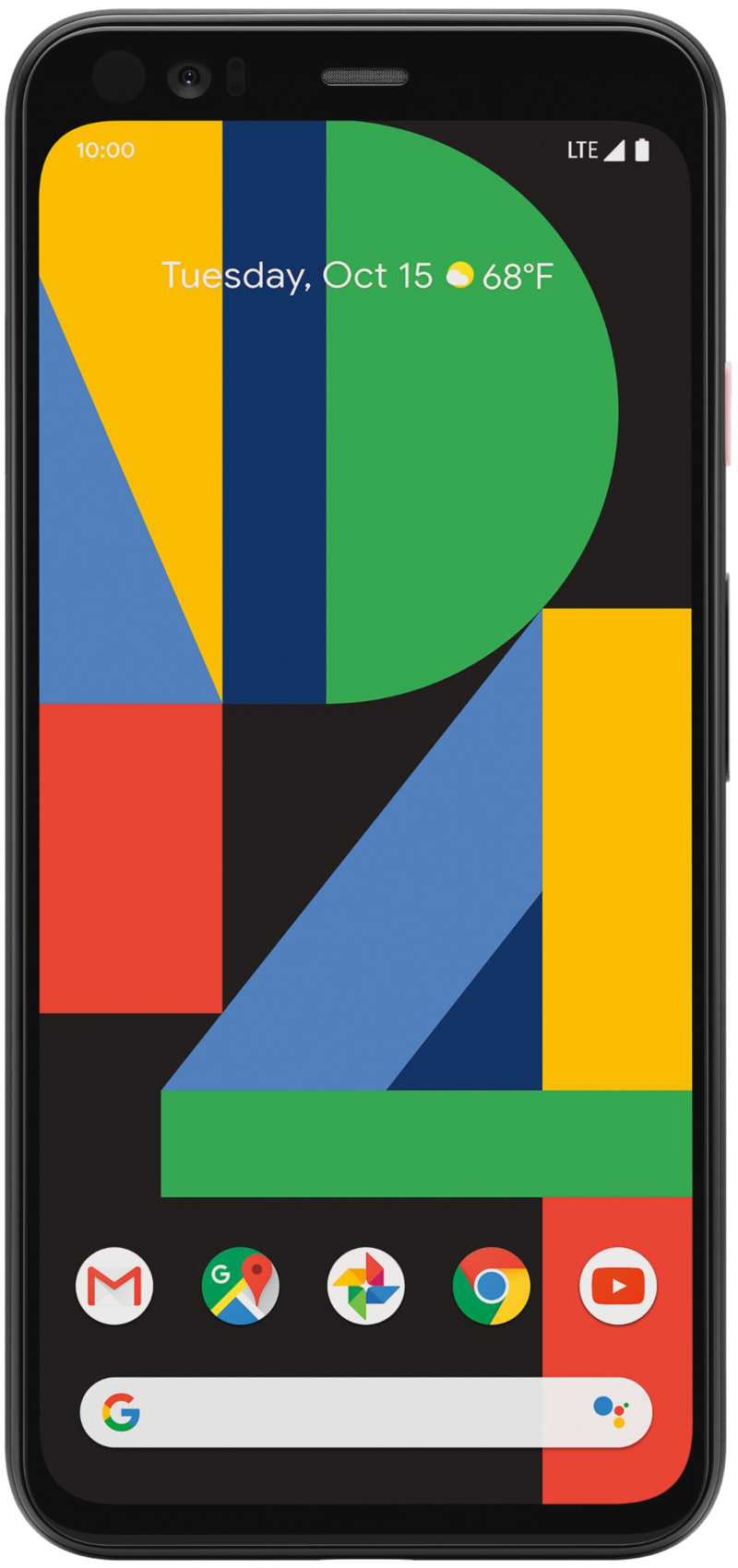Pixel 4's Motion Sense API may gain third-party support in the future

What you need to know
- Motion Sense API, the language in Android to utilize the Soli sensor on the Pixel 4, is currently unavailable to third-party developers.
- Google has already worked with two developers to publish apps to the Play Store with Soli support, showing that it's interested in building this functionality out over time.
- A statement made by a Google representative suggests that Google could open this API up to additional third-party developers in the future.
Google has been getting a lot of flack for Soli, a motion sensor packed into the Pixel 4's forehead that can be used for controlling media playback (skipping songs), silencing phone calls, and even snoozing alarms. The problem isn't necessarily the implementation, but the limitations.
Right now there are only a few apps that support Soli's motion-sensing gestures, powered by the Motion Sense API, but Google's statement to Android Police suggests that Google could open the API up to additional third-party developers at some point in the future. Right now, though, that's an emphatic "no."
As of this writing, only two third-party apps are available with Soli integration: Headed South by ustwo Studios (of Monument Valley fame), and Pokemon Wave Hello. But why isn't there more support just yet? The answer is found in Google's desire to keep Soli from being a gimmick and, while it could already be considered a gimmick in many ways, one doesn't need to look far to see how helpful motion sense can be in the right situation.
Our own Joe Maring detailed why he's been loving Soli on his Pixel 4, and it makes perfect sense. Folks who listen to music all the time will find the effortless swipe of the hand to be a great way to skip or repeat songs, as the gestures can be performed when the phone is sitting on a desk, placed on a wireless charger, or even while using other apps — all without having to unlock your phone, pull down the notification shade, or navigate to the music app in question.
This helpful nature shows that Google is implementing Soli only when it makes sense. That's good because, as we've seen from the many phones that have tried it in the past, motion-sensing gestures can be awful when they're not done right. Google also needs to work with lawmakers around the world to get Soli functioning in more than just a handful of countries, as it only further limits the usefulness of the feature if you can't use it while traveling, as some Pixel 4 owners have already found out.
Making Soli motion-sensing available in all apps and in all countries is the way forward for Google, without a doubt, but it seems to be treading carefully when it comes to expanding capabilities for Pixel 4 users. That's a wise choice on Google's part because, if nothing, Google has put a lot of money into R&D this year and certainly isn't looking to waste its investment.

Hands-free
The Google Pixel 4 is packed with the latest in mobile technology, including its own radar chip up front. Known as Soli, this motion-sensing chip can be used to control media, decline phone calls, and even snooze alarms. It's a great addition to the already friendly and helpful Pixel 4, which aims to make your daily phone usage just a little easier.
Be an expert in 5 minutes
Get the latest news from Android Central, your trusted companion in the world of Android

